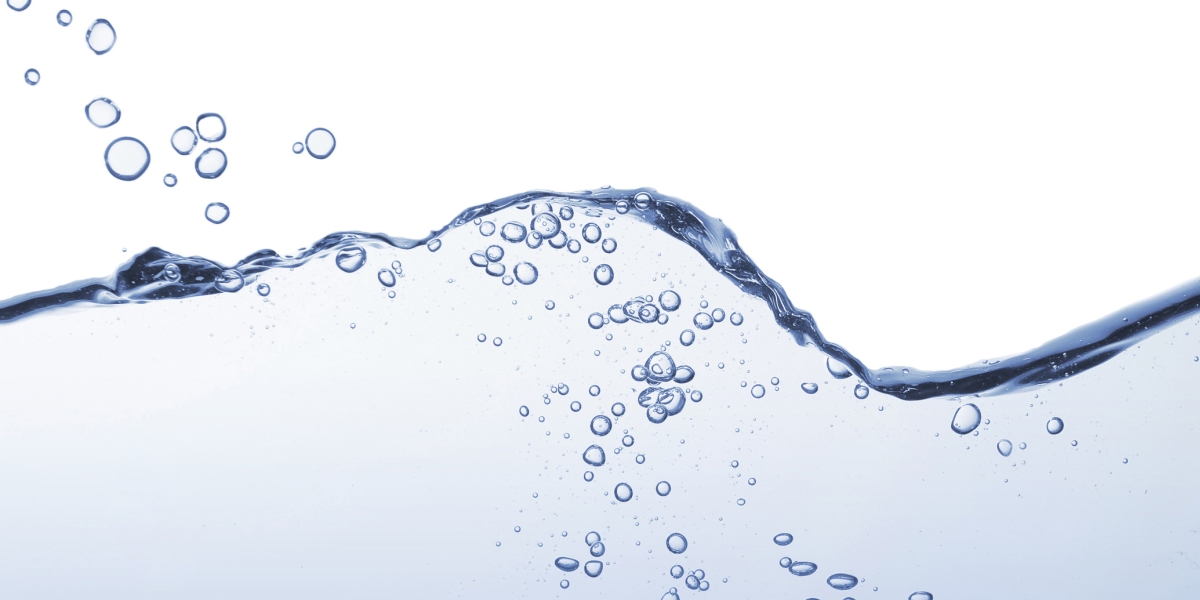 By hydrologist Robert Shibatani
By hydrologist Robert Shibatani
As basins across California continue to drain, this year’s hydrology has reminded us of just how plentiful water can be in the State.
But proper water management requires concerted acknowledgment of spatial and temporal distribution of rainfall/snowmelt, its storage, and ultimate management allocation.
June saw rapid declines of this year’s record-setting snow accumulations. Statewide SWE as of today has all but disappeared, estimates are 3-inches on average throughout the high Sierras. Recall that average regional SWE for the north, central, and southern Sierra Nevada snow regions only a month ago were 19.8, 25.5 and 20.8 inches, respectively. And before that, at the beginning of the snowmelt period, regional averages exceeded 60-inches in many locales (e.g., representing some 5-feet of latent water equivalency!).
Not surprisingly, the good news as reported recently is that our federal reservoirs are “topped off”.
All CVP reservoirs enjoyed a robust hydrologic year with inflow percentages of their 15-year averages for Trinity, Shasta, Folsom, New Melones, and Millerton reservoirs being 145, 119, 180, 221 and 253%, respectively. Shasta Reservoir in fact, will likely exceed 5 million acre-feet (MAF) of accumulated inflow sometime soon after the July 4th weekend.
Total CVP storage has exceeded 10 MAF with federal storage facilities now over 85% full.
Current CVP storage is 114% more than last year and over 27% higher than the long-term, 15-year average for the CVP. Shasta Reservoir storage is at 4.2 MAF (almost 1 MAF more than average), New Melones is at 2.0 MAF (almost 600,000 acre-feet more than average), Folsom is at 928,000 acre-feet (AF) (about 173,000 AF more than average), the federal portion of San Luis is 961,000 AF (some 531,000 AF above average), and even Millerton, the CVP’s smallest reservoir, is currently storing 30,000 AF more than its 15-year average as of this date.
Adding in the accumulated storage from both Oroville and San Luis reservoirs on the SWP side and it is easily to conclude that California’s surface water storage is in fine shape. Oroville Reservoir alone for example, has over 3.5 MAF in storage (almost 1.1 MAF more than its long-term average for this date).
From rapid snowmelt runoff, river flows have declined equally quickly.
Sacramento River inflows to the delta have declined from over 43,000 cfs at the beginning of the month to just 13,000 cfs yesterday, as measured at Freeport. San Joaquin River inflows to the delta measured at Vernalis have declined from over 27,000 cfs on June 1st to just over 10,000 cfs yesterday. Total delta inflow has dropped to approximately a third from the outset of June, from over 75,000 cfs to 26,000 cfs yesterday. And yet despite such a robust hydrologic water year, total delta exports from the pumps have declined from over 10,000 cfs on June 1st to about 3,800 cfs yesterday.
This year’s bounty, however, has raised issues, or rather, reminded us of the long-standing chronic problems that have regularly plagued the State despite decades of political and inter-departmental wrangling.
For the CVP alone, total reservoir “spills” due to regulatory mandates exceeded 845,000 acre-feet (AF) this WY. This is no insignificant amount, easily surpassing the “dedicated Project Yield” allocation under the reauthorized CVP over 30-years ago under §3406(b)(2) of the CVPIA or simply, “b2” water.
Just consider that for a moment …
More water was “spilled” this WY due to reservoir flood encroachment than what the State allocates from total federal annual yield for dedicated environmental purposes. This water was lost to the Pacific Ocean during times of notable excess.
What makes this year’s “spilling” perturbing is that it occurred exclusively from one of the smallest CVP reservoirs draining the most prodigious runoff generating watershed in the system: Folsom Reservoir and the upper American River basin. Ever since Auburn Dam was cancelled, the American River basin desperately required a new terminal reservoir to help Folsom Reservoir manage the anticipated annual unimpaired inflow of the draining catchment. Without such supplemental storage, however, Folsom Reservoir is forced to “spill” more than any other CVP reservoir. We monitored all CVP reservoirs daily; no other reservoir “spilled” this entire water year.
Did we really “need” the 845,000 acre-feet (AF) this year? Arguably not, but for a State that prides itself on diligent water use and aggressively pushing compliance for all water wasters, such wastage is disconcerting, if not embarrassingly hypocritical.
Unfortunately, new storage decisions have long been based on reasons other than direct hydrologic need and rationale. The only CVP reservoir and its draining catchment that consistently demonstrates a need for additional storage was overlooked in favor for a new proposed reservoir that did not “spill” this entire water year.
Hydrologically, the remainder of the summer will likely (and hopefully …) proceed uneventfully insofar as reservoir operations are concerned.



